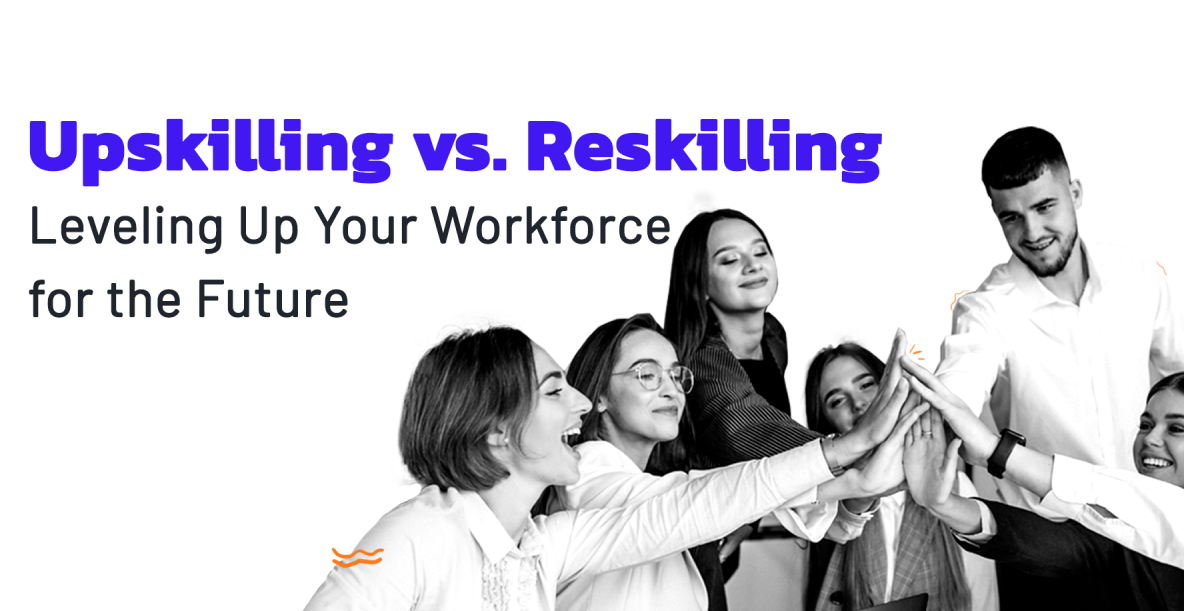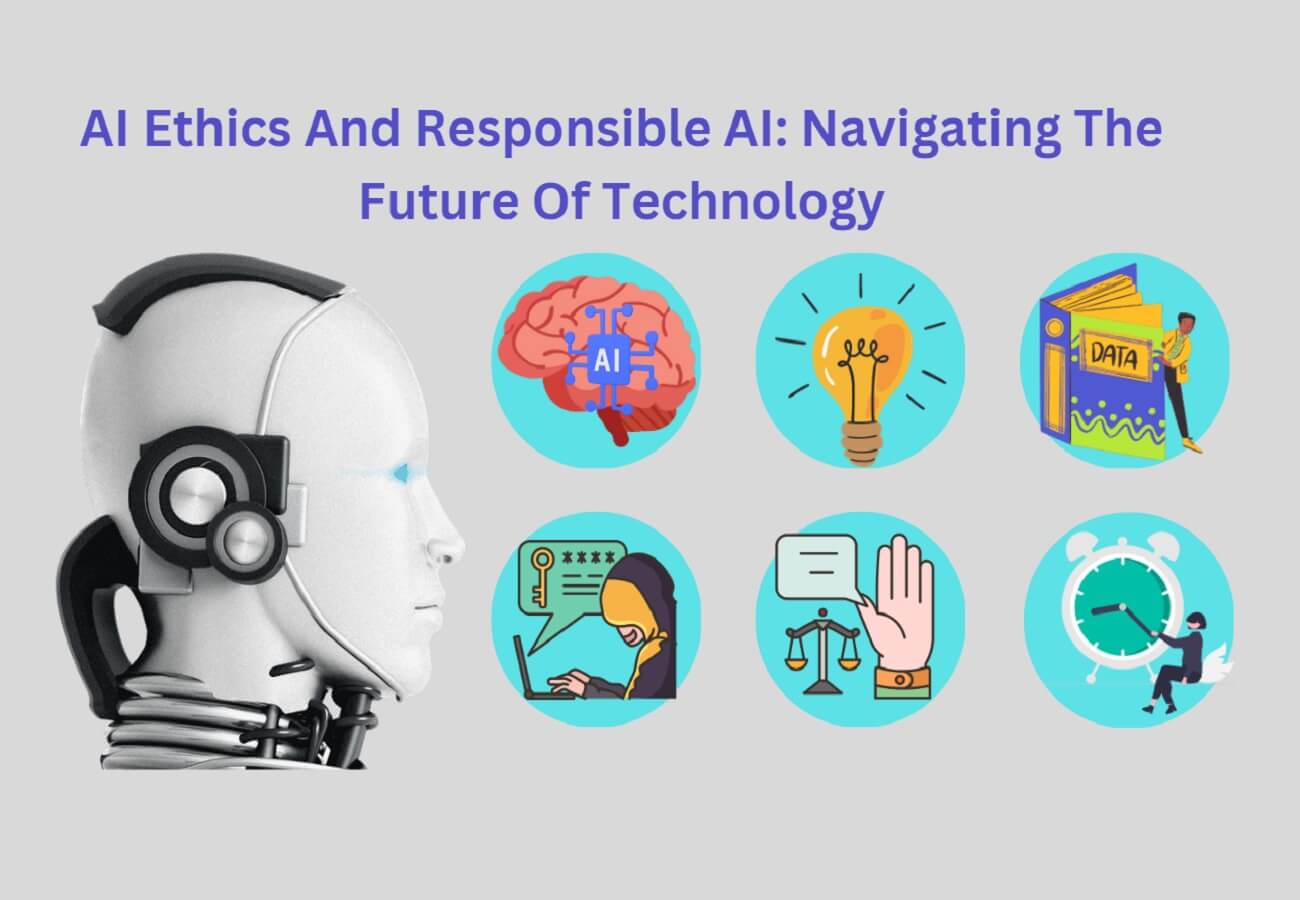The rise of remote work and digital nomads has transformed the professional landscape. It allows individuals to work from anywhere, breaking free from traditional office settings. With over 300 destinations worldwide catering to digital nomads, the options for location-independent work are vast. From stunning beaches to vibrant cities, the digital nomad lifestyle combines work, adventure, and cultural experiences seamlessly.
Technology has made location-independent work more accessible in recent years. Platforms like Flatio offer easy rental solutions with no deposits for stays under 180 days. This accessibility has made the nomadic lifestyle more attainable. The acceptance of cryptocurrencies and 24/7 customer support further enhances the experience for those seeking remote work. As more people embrace this lifestyle, they find that professional success and cultural experiences can coexist, marking a new era of work-life integration.
The Rise of Remote Work
The pandemic has dramatically altered our work landscape, compelling companies to rethink their models. Telecommuting, once optional, became essential, highlighting its benefits in productivity and work-life balance. A Buffer study found that 98% of remote workers desire to continue working remotely, at least part-time.
Technological advancements have been instrumental in the growth of remote work. High-speed internet, cloud computing, and tools like Zoom, Slack, and Asana have made remote work feasible. These tools facilitate smooth communication and project management from anywhere. This has fostered a flexible work culture, allowing individuals to work while maintaining their personal lives and exploring new places.
Countries are now embracing remote work with policies like Estonia’s Digital Nomad Visa, launched in 2020. This visa allows remote workers to stay in Estonia for up to a year. Digital nomads boost local economies by spending on housing, food, and services. This economic impact encourages cities to adapt their regulations, welcoming remote workers with open arms.
The digital nomad lifestyle is gaining popularity, with estimates suggesting 40 million digital nomads and remote workers by 2023. This shift is reshaping the job market and influencing property demand. People are now considering smaller towns over big cities, seeking lower costs and competitive salaries. This trend shows a growing desire for work flexibility, allowing individuals to live in areas that fit their lifestyle and budget.
| Statistic | Insight |
|---|---|
| 98% | Of remote workers desire to continue working remotely for their careers. |
| 40 million | Estimated global number of digital nomads and remote workers by 2023. |
| 89% | Remote workers report higher optimism compared to 77% of in-office colleagues. |
| 90% | Job satisfaction rate among remote workers compared to 82% among commute-based employees. |
The shift to remote work is not just an adaptation to the pandemic but a fundamental change in how we work. It has redefined professional landscapes, making flexibility a key aspect of modern employment.
Understanding the Digital Nomad Lifestyle
The digital nomad lifestyle merges work and adventure, allowing individuals to work remotely while exploring new places. This lifestyle leverages technology to support location independence. It has become increasingly popular, with 86.8% of people interested in becoming digital nomads.
The Covid-19 pandemic played a significant role in this shift, with 74.5% of digital nomads citing it as a reason for transitioning to remote work. This lifestyle offers the freedom to travel and enhances life experiences through cultural immersion. Digital nomads often value experiences over material possessions, fostering personal growth and adaptability.
Families are also embracing this lifestyle; 58.8% of digital nomads are married or in partnerships, and 48.3% have children under 18. About 70.4% of those with children have managed to travel while working, showing the lifestyle’s flexibility. A supportive remote work culture promotes a balance between personal and professional life, attracting many who seek or enjoy location independence.
This lifestyle offers numerous benefits, including financial advantages. Full-time remote workers can save up to $12,000 a year compared to traditional employment. Statistics reveal that 93% of remote workers report increased satisfaction, and 90% experience enhanced productivity. It also correlates with decreased stress levels and improved mental health, making it an attractive option for many professionals.
The digital nomad lifestyle represents the essence of modern work and travel. It invites people to envision a future where work and exploration blend seamlessly with adventure.
Remote Work and Digital Nomads: Embracing Location Independence
Location-independent work marks a significant shift in our views on productivity and work-life balance. Digital nomads, about 18.1 million in the U.S., lead this change by working outside traditional offices. With more companies adopting remote work policies, professionals can travel for work, experiencing different cultures worldwide.
The digital nomad community has grown by 4.7% in the last year. It has expanded by over 147% from 2019, showing a strong interest in blending work with travel. Now, 11% of U.S. workers identify as digital nomads, highlighting a shift in the workforce.
Digital nomads’ experiences vary, with 64% working full-time and 36% part-time. Their satisfaction is high, with 79% happy with their work and income. This shows the benefits of remote work policies, providing freedom and autonomy.
Digital nomads often move between locations, averaging 6.6 destinations in 2024. They dive into various cultures while keeping up with their work. This balance redefines traditional career paths, showing how location-independent work allows employees to thrive in new environments.
With 95% of digital nomads planning to keep their nomadic lifestyle, this trend will likely grow. As businesses embrace flexible remote work policies, opportunities for digital nomads will expand.
Benefits of Remote Work for Digital Nomads
The rise of remote work has brought significant advantages to digital nomads, changing how they work and travel. This lifestyle offers a unique mix of flexibility and cultural experiences. It enriches their overall experience in profound ways.
Flexibility and Autonomy
Remote work’s flexibility is a key benefit for digital nomads. It has become critical, with 57% of global workers valuing it more than their salary. The number of Americans identifying as digital nomads has surged, from 7.3 million to 16.9 million between 2019 and 2022. This shows a clear preference for remote work.
Digital nomads enjoy the freedom to manage their work hours and environments. This autonomy often boosts productivity. In fact, 85% of global workers say flexibility has improved their output. This flexibility allows them to blend work with travel, achieving a better work-life balance.
Cultural Immersion and Exploration
Embracing a travel lifestyle offers digital nomads unparalleled cultural immersion. They can explore diverse regions, engaging with local customs and cuisines. This enriches their experiences significantly.
Many digital nomads prefer slow travel, staying in one place for longer periods. This deepens their cultural immersion. The lifestyle fosters meaningful connections and inspires new ideas. Whether they’re drawn to bustling cities or tranquil beach towns, they can adapt their surroundings to suit their interests.
This lifestyle promotes personal growth and lifelong learning. It merges work and travel, creating a unique narrative. Digital nomads can explore and experience new cultures, enriching their creativity and professional insights.
| Benefit | Description | Impact |
|---|---|---|
| Flexibility in Work | Ability to choose work hours and locations. | Increased productivity and work-life balance. |
| Autonomy for Digital Nomads | Control over projects and clients. | Empowerment and personal career satisfaction. |
| Cultural Immersion | Engagement with local customs and traditions. | Enhanced creativity and professional insights. |
| Exploration | Opportunities to travel and experience new cultures. | Enriched personal growth and learning experiences. |
Common Challenges Faced by Digital Nomads
Digital nomads seek freedom and adventure, but they face significant hurdles. Overcoming connectivity challenges and understanding visa regulations is critical. These issues can greatly affect their experience and productivity.
Connectivity Issues and Infrastructure
Connectivity challenges are a major difficulty for digital nomads. A significant 66% say unreliable WiFi hinders their productivity. Many places lack the digital infrastructure needed, making it key to find areas with strong internet.
Power outages and equipment failures affect nearly 40% of remote workers. Reliable internet is vital for those who rely on technology daily. It ensures effective remote work environments.
Navigating Visa Regulations
Navigating visa regulations is another big challenge. While tourist visas are easy to get, work visas and residency rules can be complex. Digital nomads must understand these to avoid legal issues.
International travel policies vary greatly, making long stays or commitments tricky. Knowing these rules is essential for planning a sustainable nomadic lifestyle. It helps balance travel freedom with legal compliance.
Finding Remote Work Opportunities
For digital nomads, exploring remote work is key to a flexible lifestyle and a steady income. Freelancing and consulting jobs offer independence, allowing individuals to work with diverse clients across industries. Online platforms abound, making it simpler for freelancers to find jobs that match their skills.
Freelancing and Consulting
Freelancing for digital nomads spans a broad spectrum, from graphic design to SEO. Professionals can earn significantly based on their expertise. Here are some average hourly rates to illustrate the earnings:
| Job Title | Average Hourly Pay (USD) |
|---|---|
| SEO Specialist | $50 – $150+ |
| Social Media Manager | $25 – $100+ |
| Front-end Developer | $40 – $80+ |
| Copywriter | $20 – $50+ |
| Graphic Designer | $20 – $150+ |
These rates show the earnings in various sectors, enriching the freelancing world. By honing skills and networking, digital nomads can secure projects that interest them.
Remote Employment Options
Remote employment is expanding, providing many jobs that balance stability with flexibility. Korindo Companies increasingly adopt remote work policies, providing full-time roles in marketing, customer service, and programming. This trend opens doors for professionals who want to travel without sacrificing their career goals.
Digital nomads should aim for remote jobs with flexible location requirements. Effective job search strategies include:
- Using job boards focused on remote work.
- Networking in online communities for digital nomads.
- Utilizing social media to connect with employers.
- Keeping up with industry trends to spot new opportunities.
With persistence and the right tools, digital nomads can thrive in remote work. This ensures a rewarding career while exploring the globe.
Popular Destinations for Digital Nomads
Digital nomads seek out the best locations that balance affordability, community, and infrastructure. These cities cater to remote workers, providing vibrant environments for both work and play. Here are some of the most favored destinations:
- Mexico City, Mexico: With a monthly living cost under £1,200, this city has plenty of co-working spaces and a rich culture.
- Chiang Mai, Thailand: Its cost of living is 43.9% lower than the UK, making it a haven for digital nomads with a thriving expat community.
- Lisbon, Portugal: A hotspot for remote workers, Lisbon offers great weather, diverse culture, and reliable internet.
- Bali, Indonesia: Known for its stunning landscapes and laid-back lifestyle, Bali is ideal for balancing work and relaxation.
- Berlin, Germany: Berlin’s vibrant art scene, excellent public transport, and co-working spaces make it a top choice.
- Tbilisi, Georgia: Its affordability, welcoming culture, and growing tech scene have made it a favorite among nomads.
- Medellín, Colombia: The city’s favorable climate and friendly people make it a prime spot for nomadic living.
- Tokyo, Japan: With a 218% increase in digital nomads in 2023, Tokyo’s bustling atmosphere attracts remote workers.
- Oaxaca, Mexico: Known for its affordable living and rich culinary heritage, Oaxaca offers a unique cultural experience.
- Austin, USA: This city combines tech-savvy environments with a vibrant arts scene, making it a top choice for remote workers.
With 30 million digital nomads worldwide, the demand for nomad-friendly cities is growing. Nomads choose destinations based on Wi-Fi, safety, lifestyle amenities, and community. Each city offers unique features that cater to the digital nomad lifestyle, ensuring a perfect balance of work and freedom.
Community and Networking for Nomads
In the dynamic world of digital nomadism, community and networking are vital for personal and professional growth. Co-working spaces for digital nomads are not just productive environments but also communal hubs that encourage collaboration and connection. These spaces host networking events and social gatherings, allowing digital nomads to share experiences and insights.
Co-Working Spaces
Spaces like Hacker Paradise and Selina have become key networking spots for digital nomads. They offer amenities such as high-speed internet, meeting rooms, and a sense of community. Hacker Paradise operates in various countries, fostering creativity and collaboration. Selina, with its global network, enables members to immerse in local cultures while connecting with fellow remote workers.
Communities like Citizen Remote and Remote Year enhance the co-working experience with services like visa assistance and shared accommodations. Citizen Remote simplifies international living with tools and resources. Remote Year connects members through local encounters and the Digital Nomad Academy. These spaces boost productivity and combat loneliness among remote workers.
Meetup Groups and Events
Networking events for nomads are essential for building professional relationships and friendships. Meetup groups and social gatherings are thriving globally, allowing remote workers to connect and exchange ideas. Online platforms like Facebook groups and Slack communities facilitate real-time communication, fostering interaction among members. Groups like Digital Nomad Jobs and Nomads Talk cater to digital nomads, providing support and networking opportunities.
Participating in these events helps digital nomads expand their professional circles. Platforms like Lunchclub help remote workers navigate new connections, ensuring follow-ups to solidify relationships. As digital nomad communities grow, the value of these interactive and supportive spaces becomes more apparent.
| Co-Working Space | Key Features | Location |
|---|---|---|
| Hacker Paradise | Creative collaboration, unique local experiences | Various locations worldwide |
| Selina | Coliving and coworking, local activities | Global network |
| Citizen Remote | Visa support, accommodation assistance | Online platform |
| Remote Year | Shared accommodations, Digital Nomad Academy | Various cities |
Adapting to a Nomadic Lifestyle
Embracing a nomadic lifestyle demands effective strategies for managing work and personal life. Digital nomads face unique challenges, yet with the right tips for digital nomads, they can turn these challenges into opportunities. By implementing effective remote work practices, nomads enhance their productivity while exploring new locations.
Tips for Successful Remote Work
Successful remote work hinges on maximizing efficiency and maintaining organization. To achieve this, digital nomads can incorporate the following strategies:
- Establish a structured schedule to promote consistency in work hours.
- Assess workspaces regularly, ensuring they are conducive to productivity.
- Utilize technology effectively, employing tools for communication and task management.
By focusing on these effective remote work practices, digital nomads can thrive amidst their travels. Adapting to travel work means continuously refining these strategies to suit ever-changing environments.
Maintaining Work-Life Balance
For digital nomads, sustaining a healthy work-life balance is critical to avoid burnout. Such balance can be nurtured through deliberate lifestyle management practices:
- Set clear boundaries between work and leisure to ensure dedicated downtime.
- Select accommodations that promote relaxation and provide a peaceful atmosphere.
- Prioritize self-care routines, including exercise, meditation, and socializing.
By employing these techniques, nomads can effectively navigate remote work demands while enjoying their global adventures. A well-maintained work-life balance for nomads fosters motivation, creativity, and overall well-being throughout their journeys.
| Strategy | Description | Benefit |
|---|---|---|
| Structured Schedule | Creating fixed working hours | Enhances task completion and reduces stress |
| Workspace Assessment | Evaluating work environments | Improves focus and productivity |
| Technology Utilization | Using tools for communication and organization | Streamlines tasks and maintains connectivity |
| Setting Boundaries | Distinguishing work time from personal time | Prevents burnout and enhances leisure |
| Comfortable Accommodations | Choosing relaxing places to stay | Encourages peaceful work and rest |
| Self-Care Routines | Incorporating health practices | Promotes mental health and well-being |
Future Trends in Remote Work and Digital Nomadism
The future of remote work is brimming with promise, driven by the evolution of workplace structures. The COVID-19 pandemic accelerated companies’ adoption of remote work. This shift revealed that employees can thrive from anywhere with a stable internet connection.
As companies adopt hybrid work models, the digital nomad community is set to grow. Iconic Workspaces is leading the way by establishing a global network of locations for digital nomads. Countries are also responding with special visas and residency programs, providing flexibility to those seeking it.
Technology is key in shaping digital nomadism trends. Innovations in virtual reality (VR) and augmented reality (AR) could transform remote work, adding immersive experiences. Sustainable travel and ethical nomadism are gaining traction, as many aim to travel responsibly while working remotely.
Yet, challenges persist. Digital nomads face legal and tax hurdles when working across different countries. Access to healthcare is a concern in regions with inadequate systems. Social isolation can affect mental health, as constant travel can disrupt personal connections. Reliable internet access is not universal, posing logistical challenges.
Financial stability is often a challenge due to inconsistent income and fluctuating currencies. Currently, around 17 million Americans identify as digital nomads, a significant portion of the 35 million working remotely in the U.S.
Popular destinations for digital nomads include Vietnam, Indonesia, and Thailand in Asia, as well as Lisbon, Portugal, and Vienna, Austria in Europe. Closer to home, Florida and cities like Boise, Idaho are attracting those seeking a fulfilling nomadic lifestyle.
| Destination | Region | Key Features |
|---|---|---|
| Vietnam | Asia | Affordable living, vibrant culture, and a growing expat community |
| Lisbon | Europe | Rich history, friendly locals, and excellent co-working spaces |
| Florida, USA | North America | Beautiful weather, strong startup culture, and easy access to beaches |
| Indonesia | Asia | Stunning landscapes, wellness retreats, and a laid-back lifestyle |
| Vienna | Europe | Cultural experiences, modern infrastructure, and high quality of life |
Conclusion
The digital nomad movement has revolutionized the work landscape, focusing on freedom and exploration. By 2023, the number of American digital nomads increased by 131%, marking a significant shift towards remote work. This trend is expected to continue, with the global digital nomad community projected to hit 60 million by 2030. This transformation is redefining how we view and conduct work today.
Exploring remote work reveals both its challenges and benefits. Many struggle to balance freedom with stability, yet digital nomad visas in places like Estonia and Brazil are gaining traction. Companies are also embracing flexible work policies, aided by smart technology. This opens up new avenues in fields like cybersecurity and web development.





